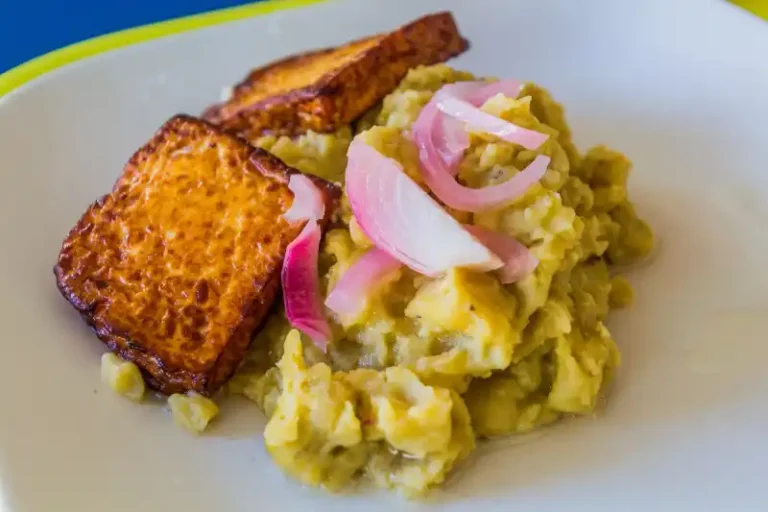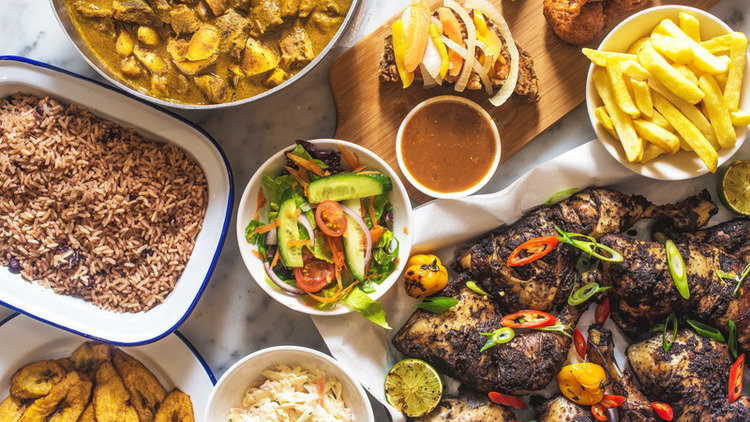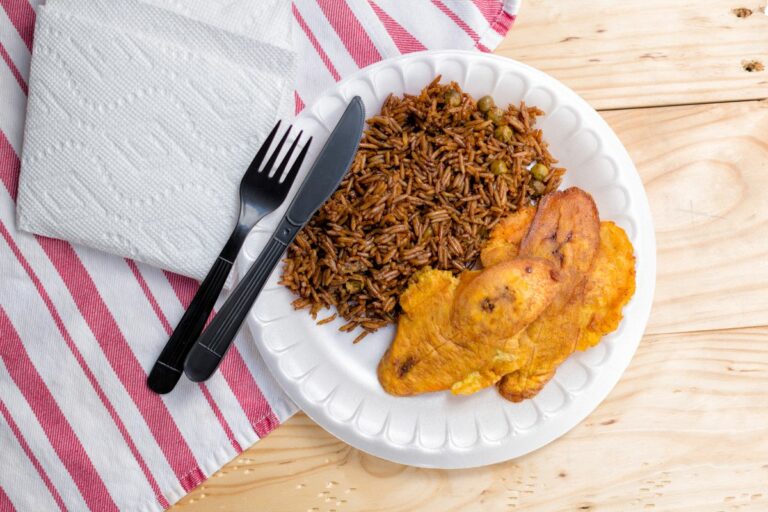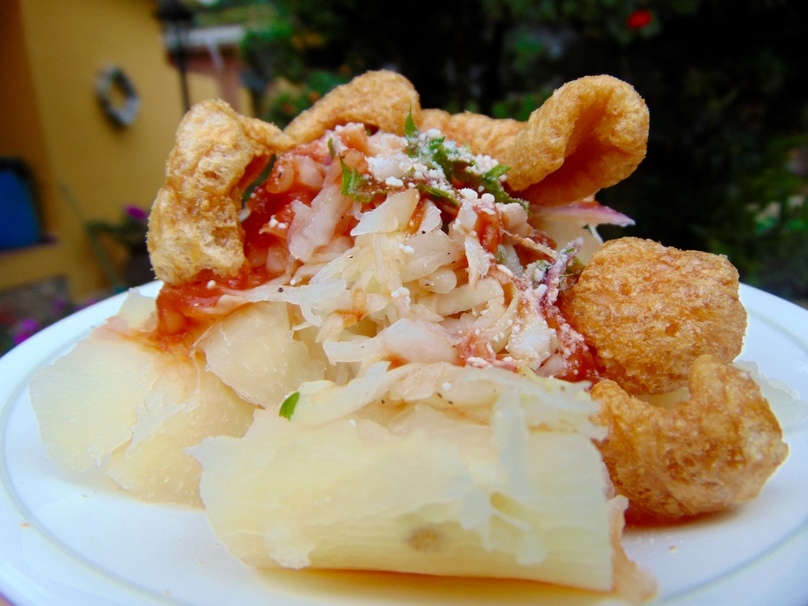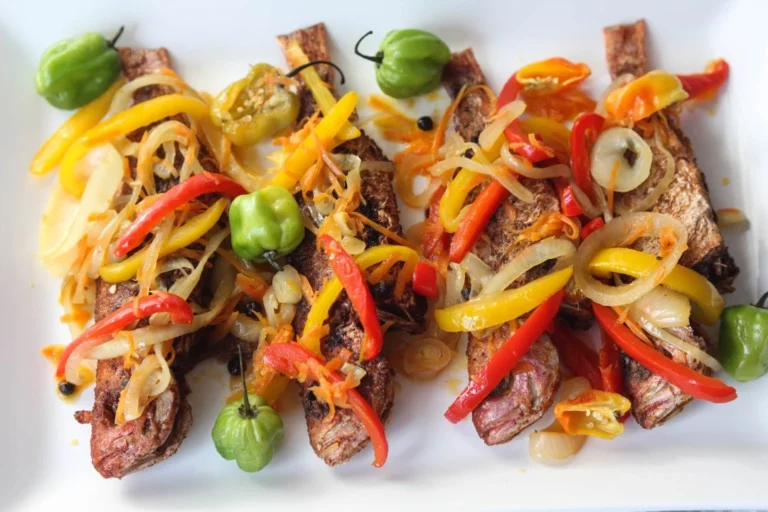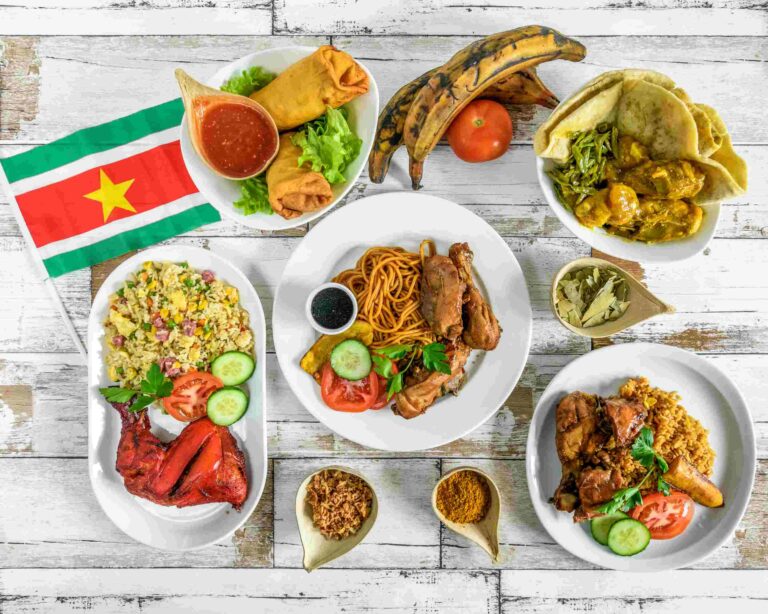Introduction: Exploring the Flavors of the Caribbean
The Caribbean is a region known for its sunny beaches, vibrant culture, and most importantly, its delicious cuisine. The diverse flavors of the Caribbean reflect the many cultures and histories that have shaped the region, from African and European traditions to Indigenous Caribbean influences. However, each country in the Caribbean has its unique culinary identity, and the Dominican Republic is no exception.
The Roots of Dominican Cuisine: A Blend of Cultures
Dominican cuisine is a fusion of African, Spanish, and Indigenous Caribbean influences. The country’s history of colonization, slavery, and migration has shaped its culinary traditions, resulting in a unique blend of flavors and techniques. Spanish colonizers brought olive oil, citrus fruits, and various spices to the island, which merged with African and Indigenous Caribbean staples such as yucca, plantains, and cassava. Today, Dominican cuisine is a reflection of the country’s diverse cultural heritage and the fertile soil that provides a bounty of fresh produce and seafood.
Main Ingredients: What Makes Dominican Food Unique
Dominican cuisine is characterized by its use of fresh, locally-sourced ingredients that reflect the country’s tropical climate and fertile soil. Coconut, cassava, yucca, plantains, and beans are some of the staples of the Dominican diet. The country’s seafood-rich coastline also plays an important role in the cuisine, with fish and shellfish featuring in many dishes. Additionally, the use of tropical fruits such as mango, guava, and pineapple adds a burst of sweetness and acidity to many Dominican dishes.
The Role of Plantains and Rice in Dominican Cuisine
Plantains and rice are two ingredients that are ubiquitous in Dominican cuisine. Plantains are a type of banana that is used in both savory and sweet dishes. Fried plantains, known as tostones, are a popular snack or side dish, while sweet plantains, known as maduros, are often served as a dessert. Rice, on the other hand, is a staple that is used in many Dominican dishes, such as arroz con pollo (chicken and rice) and moro de guandules (rice and pigeon peas). The combination of rice and beans is a staple of Dominican cuisine and is often referred to as “la bandera” (the flag) due to its red, white, and black colors, which represent the Dominican Republic’s national flag.
Flavors and Spices: The Heat and Sweetness of Dominican Dishes
Dominican cuisine is known for its bold and flavorful dishes. The use of garlic, onion, oregano, and cilantro adds depth and complexity to many dishes, while the addition of chili peppers provides a subtle kick of heat. The sweetness of tropical fruits such as mango and guava is also an essential component of many Dominican dishes. Additionally, the use of sour oranges, a staple in Dominican cooking, adds a tangy and acidic element to many dishes.
Meat and Seafood: The Protein-Rich Staples of the Dominican Diet
Meat and seafood are essential components of the Dominican diet. Pork is a popular protein, and many dishes, such as chicharrón (fried pork belly) and lechón (roasted pig), revolve around it. Beef is also widely consumed, either in stews or grilled. Seafood, however, is the highlight of many Dominican dishes. Red snapper, shrimp, and crab are just some of the seafood varieties that feature prominently in many Dominican recipes.
Popular Dominican Dishes: From Sancocho to Mofongo
Dominican cuisine boasts a variety of hearty and flavorful dishes. Sancocho, a stew made with various meats and vegetables, is a comfort food staple. Mofongo, a dish made from mashed plantains, garlic, and pork cracklings, is a popular side dish that is often served with seafood. Other popular dishes include arroz con pollo (chicken and rice), mangú (mashed plantains), and empanadas (stuffed turnovers).
Conclusion: The Rich Diversity of Caribbean Cuisines
Dominican cuisine represents the diverse cultural influences that make up the Caribbean region. Its fusion of African, Spanish, and Indigenous Caribbean traditions has resulted in a unique culinary identity that is both bold and flavorful. Whether it’s the use of fresh, locally-sourced ingredients, the bold flavors of chili peppers and tropical fruits, or the protein-rich seafood and meats, Dominican cuisine is a reflection of the country’s rich history and fertile soil.

